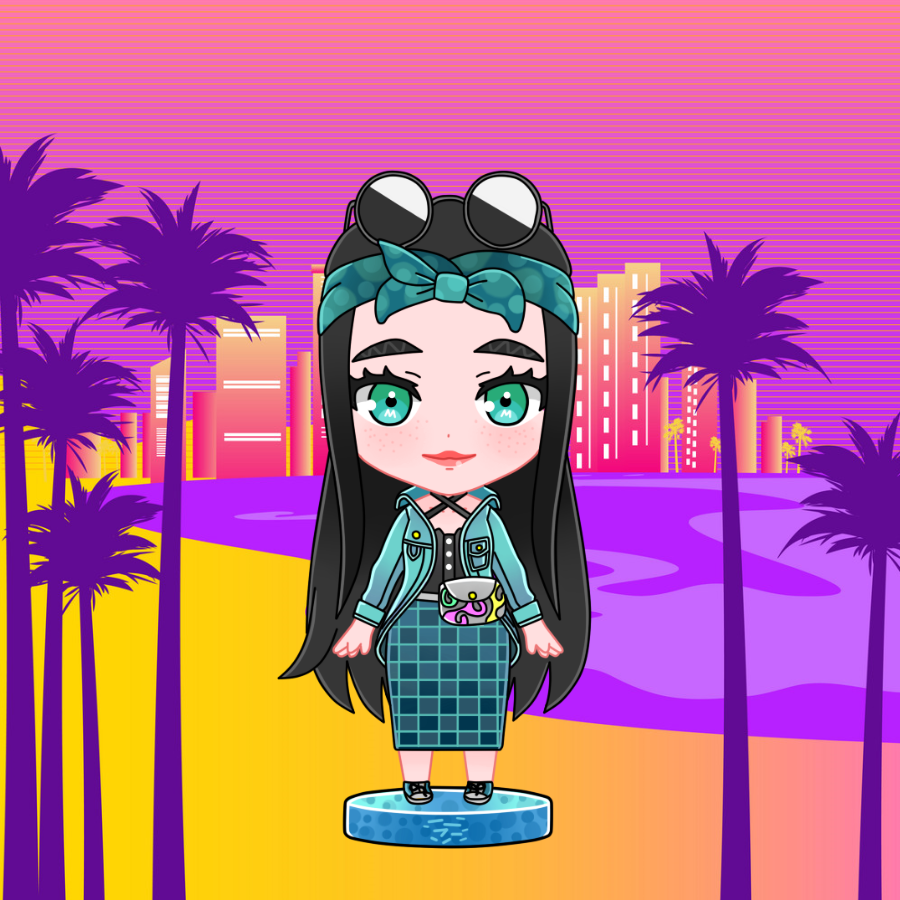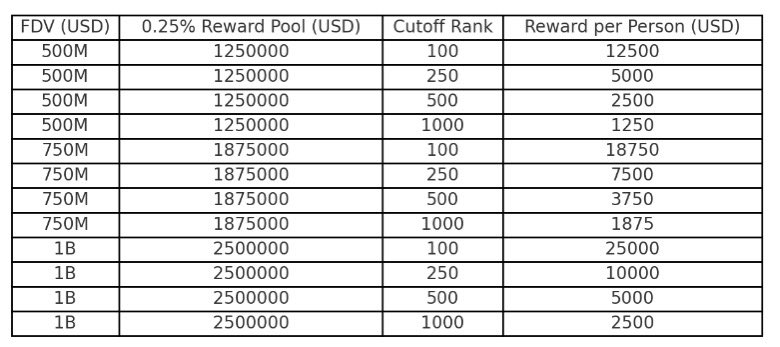The Intersection of Fashion and Social Media: A Deep Dive into Style Influence
The Digital Runway
Imagine flipping through a magazine, but instead of static images, you see dynamic, interactive content that speaks directly to you. Welcome to the world of social media fashion, where the runway is a screen, and the models are influencers who blend high fashion with everyday wearability. This digital revolution has transformed how we perceive and engage with fashion, making it more accessible and relatable than ever before. Platforms like Instagram, TikTok, and Twitter have become the new catwalks, where trends are born, and styles are democratized.
The Rise of the Digital Stylist
From Runway to Screen
Gone are the days when fashion trends were solely dictated by elite designers and runway shows. Today, anyone with a smartphone and a knack for style can become a trendsetter. Digital stylists, often everyday individuals, curate their personal brands and share their fashion choices with a global audience. These influencers understand what resonates with their followers, using their platforms to inspire and influence. For instance, platforms like Instagram allow users to showcase their outfits with a single click, making fashion more accessible and interactive.
The Power of Visual Storytelling
Digital stylists excel in visual storytelling, using their platforms to create a narrative around their fashion choices. Whether it’s a meticulously curated Instagram feed or a series of TikTok videos, these influencers use visuals to connect with their audience on a deeper level. By sharing their personal style journeys, they create a sense of authenticity and relatability that traditional fashion magazines often lack. This emotional connection is what makes their fashion choices so influential.
The Science Behind Style Influence
The Psychology of Fashion
Fashion is not just about looking good; it’s a form of self-expression and identity. Psychologists argue that the clothes we wear can influence our mood, behavior, and how others perceive us. Digital stylists leverage this psychology, selecting outfits that not only look good but also convey a specific message or emotion. This emotional resonance is what makes their fashion choices so impactful.
The Role of Algorithms
Social media algorithms are crucial in amplifying the reach of digital stylists. These algorithms show users content based on their past behavior and preferences, ensuring that fashion choices are seen by a highly engaged and relevant audience. This targeted exposure increases the likelihood of positive responses and trend-setting, making digital stylists a powerful force in the fashion industry.
Case Study: ArtStyleMimi #560
A Closer Look
ArtStyleMimi #560 is a standout example of a digital stylist who has successfully leveraged social media to build a following. With a keen eye for fashion and a talent for visual storytelling, ArtStyleMimi has curated a feed that resonates with her audience. Her fashion choices are not only stylish but also thoughtfully put together, often incorporating unique pieces and trends. This attention to detail and creativity sets her apart in the crowded digital fashion landscape.
The Impact
The positive responses to ArtStyleMimi’s fashion choices highlight her influence. By sharing her style journey, she has inspired her followers to experiment with their own fashion choices, creating a ripple effect that extends beyond her immediate audience. This kind of influence is what makes digital stylists so powerful in the fashion industry, as they can shape trends and inspire new styles.
The Future of Fashion
The Blurring of Lines
As social media continues to evolve, the boundaries between traditional and digital fashion are blurring. More designers are turning to social media to showcase their collections, while digital stylists are collaborating with brands to create capsule collections. This symbiotic relationship is reshaping the fashion industry, making it more inclusive and accessible. For example, brands like Gucci and Louis Vuitton have embraced social media to engage with their audience directly, blurring the lines between high fashion and everyday wear.
The Role of Data Analysis
Data analysis is becoming an essential tool in the fashion industry. By analyzing social media data, brands and influencers can gain insights into what’s trending, what’s not, and what their audience wants to see. This data-driven approach allows for more informed decision-making, ensuring that fashion choices are not only stylish but also relevant and on-trend. For instance, brands can use data to predict the next big trend, giving them a competitive edge in the market.
Conclusion: Embracing the Digital Fashion Revolution
The rise of the digital stylist is a testament to the power of social media in shaping fashion trends. By leveraging visual storytelling, understanding the psychology of fashion, and harnessing the power of algorithms, digital stylists like ArtStyleMimi #560 are influencing how we think about and consume fashion. As we look to the future, it’s clear that the fashion industry will continue to evolve, driven by the creativity and innovation of these digital trendsetters. The question is, are you ready to follow and be inspired? The digital runway is open, and the show is just beginning.





